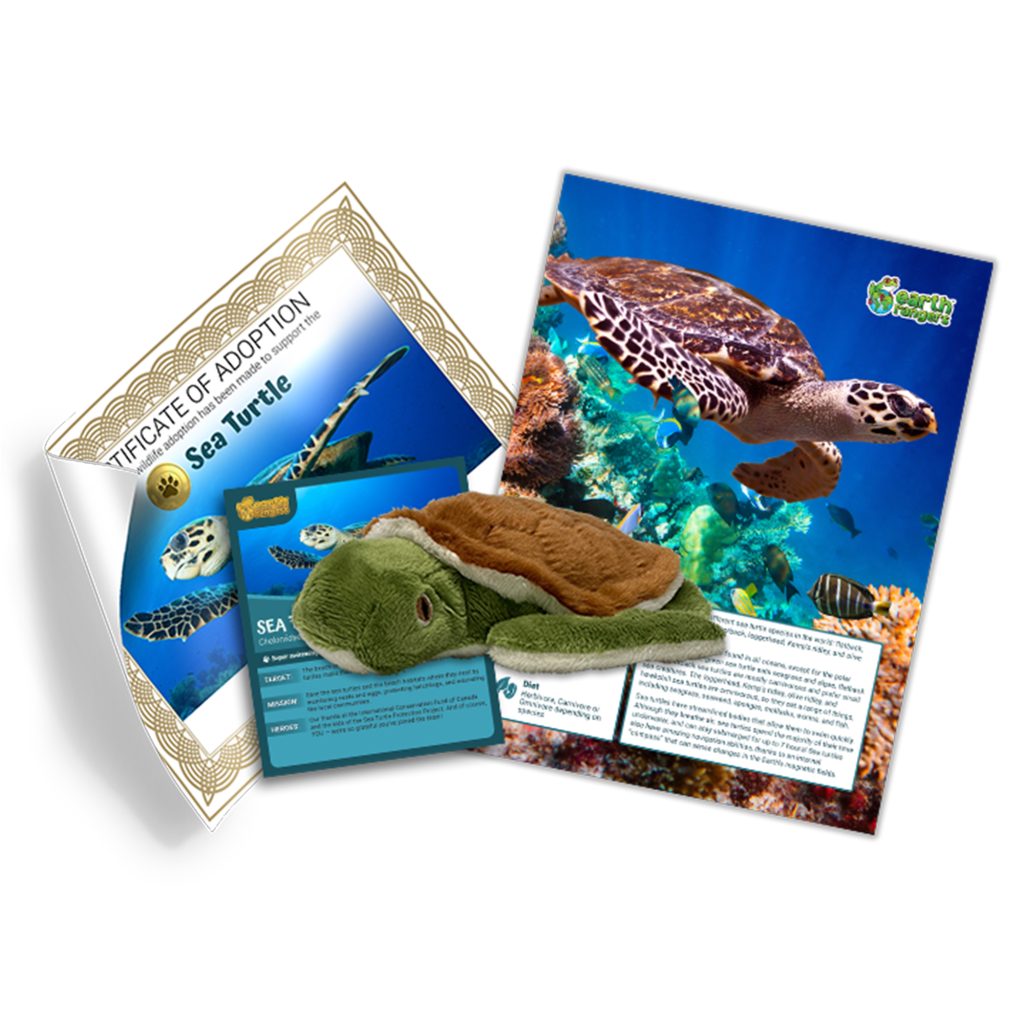These pictures contain clues about the secret identity of the latest animal in our line-up of plush wildlife adoption kits, launching on September 9.
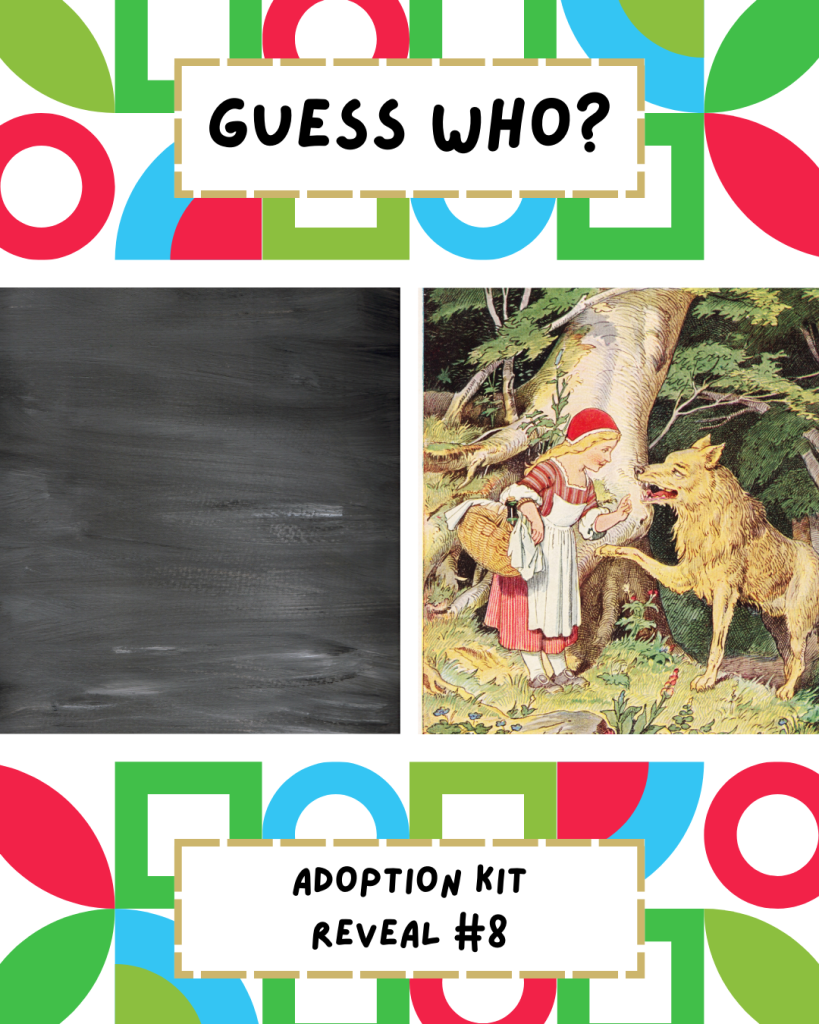
Know which critter we’re talking about? Share your guess in the comments!
These pictures contain clues about the secret identity of the latest animal in our line-up of plush wildlife adoption kits, launching on September 9.

Know which critter we’re talking about? Share your guess in the comments!
We need your help! This animal is trying to tell us something but we can’t figure it out! Do you know what this turtle is thinking?

Can you unscramble this puzzle? Our new collection of plush wildlife adoption kits is launching on September 9—including the critter whose name is all jumbled up here!
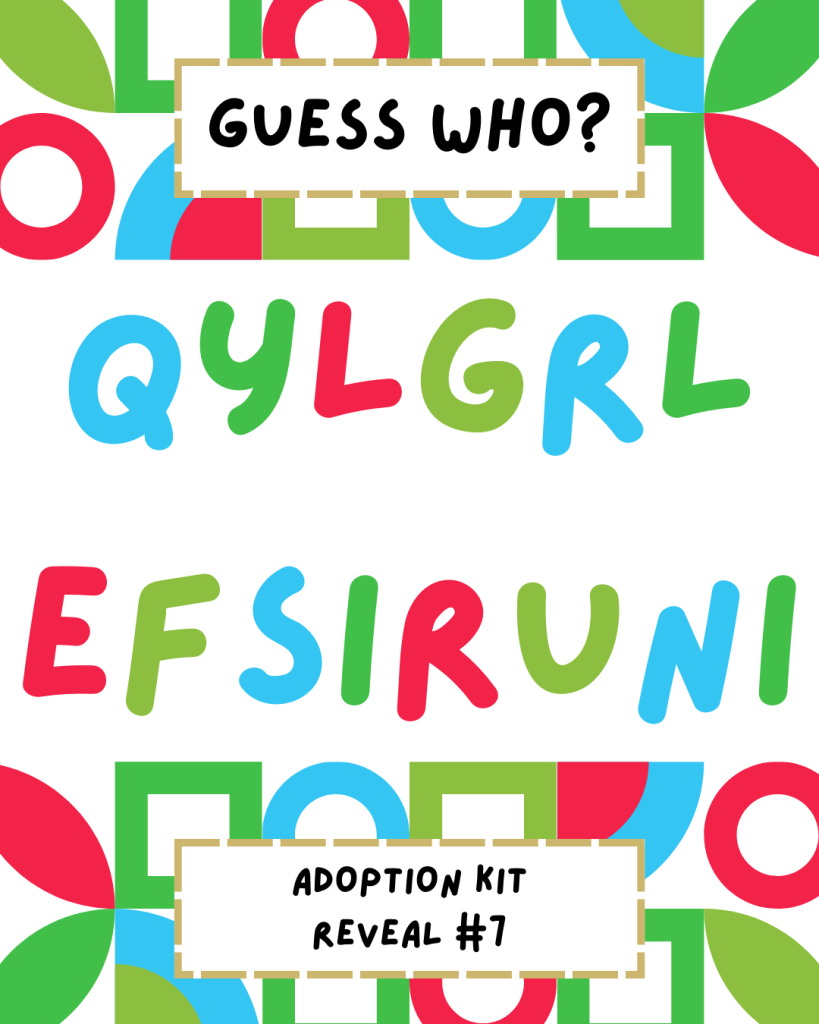
Think you’ve figured it out? Leave your answer in the comments!
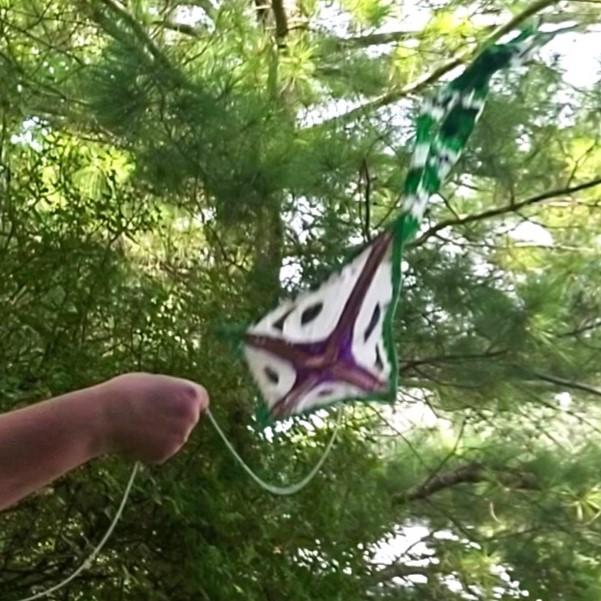
There are a ton of beautiful kites out there, but what about making your own? Grab some recycled material and get your very own kite ready for the windy days!
Step 1: Gather all your material! You can use outdoor sticks, long paper rolls, or thin plastic sticks. Something like enough to support your kite.
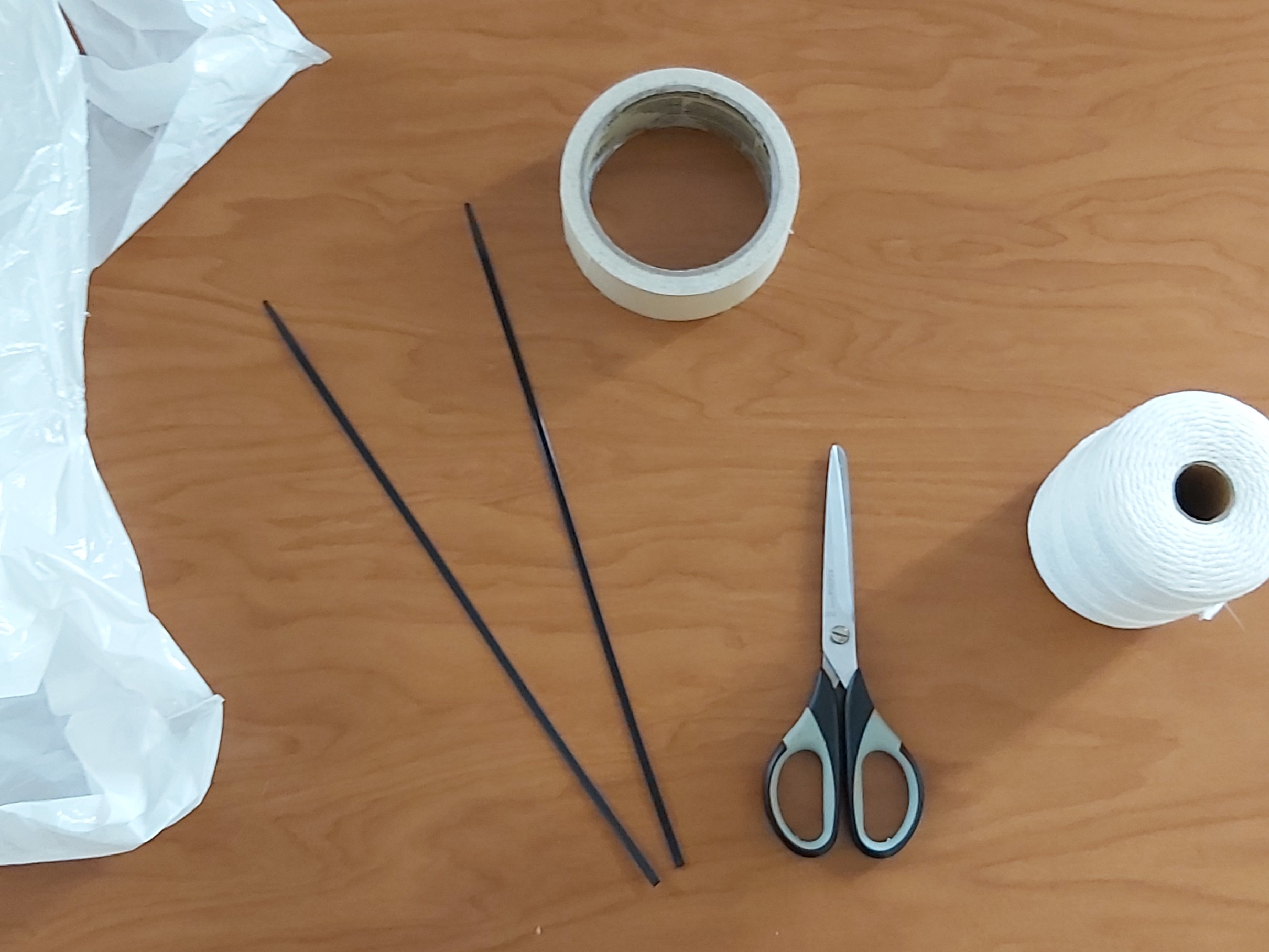
Step 2: When you’re back home, cut the side of your plastic bag so it forms a flat sheet. If it has handles, remove them.
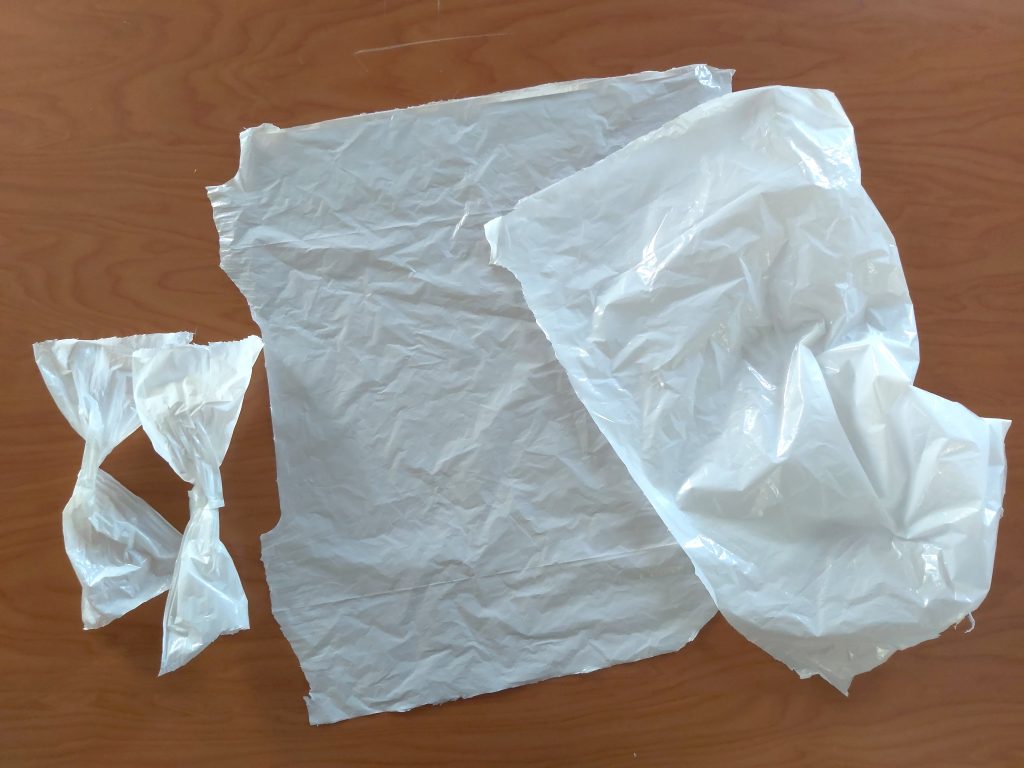
Step 3: Cross the sticks in a way that one is slightly above the center. Tie the center of these sticks with string so they don’t come apart.

Step 4: Tape your stick cross to your plastic bag.
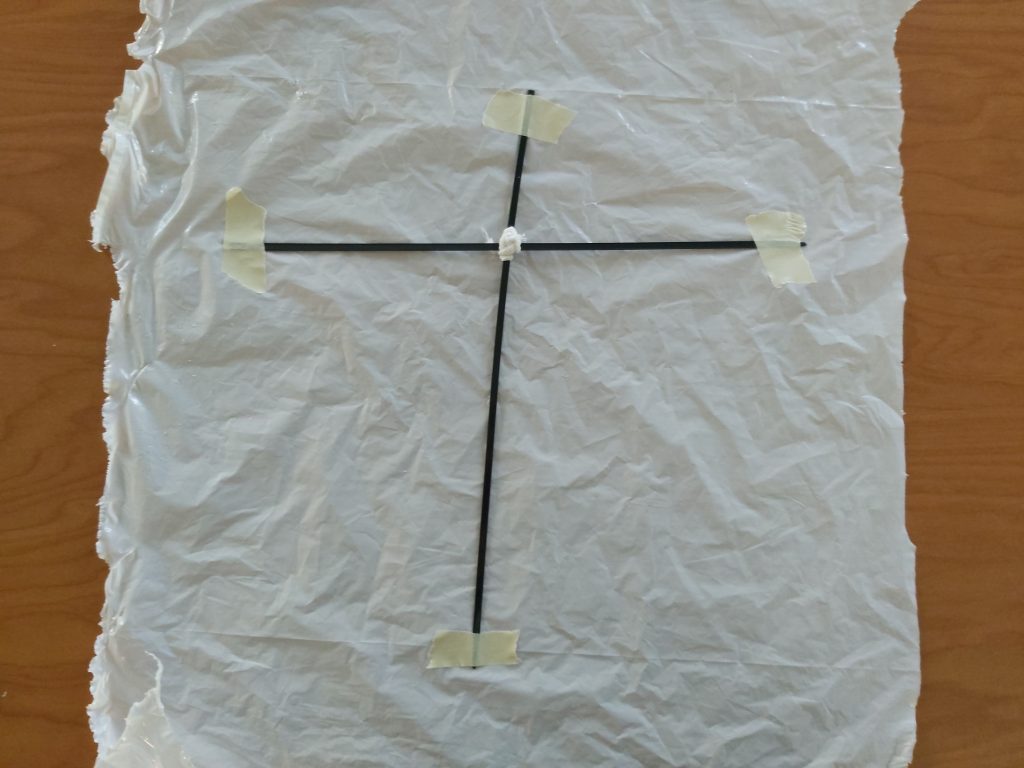
Step 5: Tie each end of your sticks together with a string to form a diamond. Cut your plastic bag around this diamond shape.
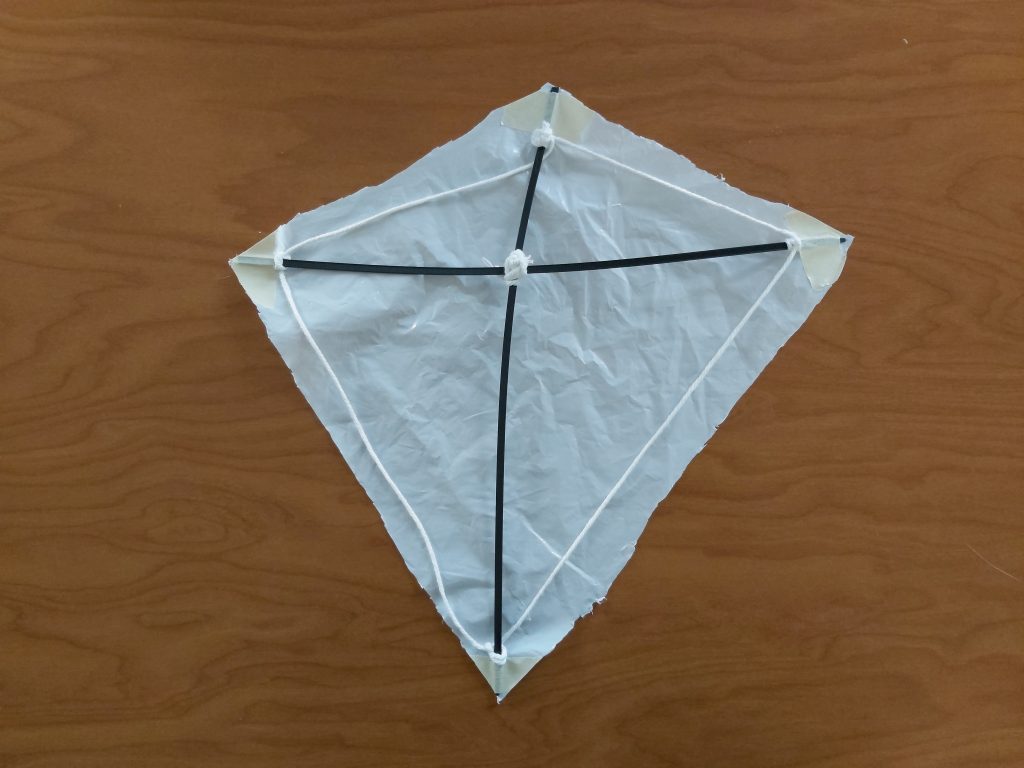
Step 6: Fold the excess plastic over your string shape. Tape it down so that the kite is securely attached.
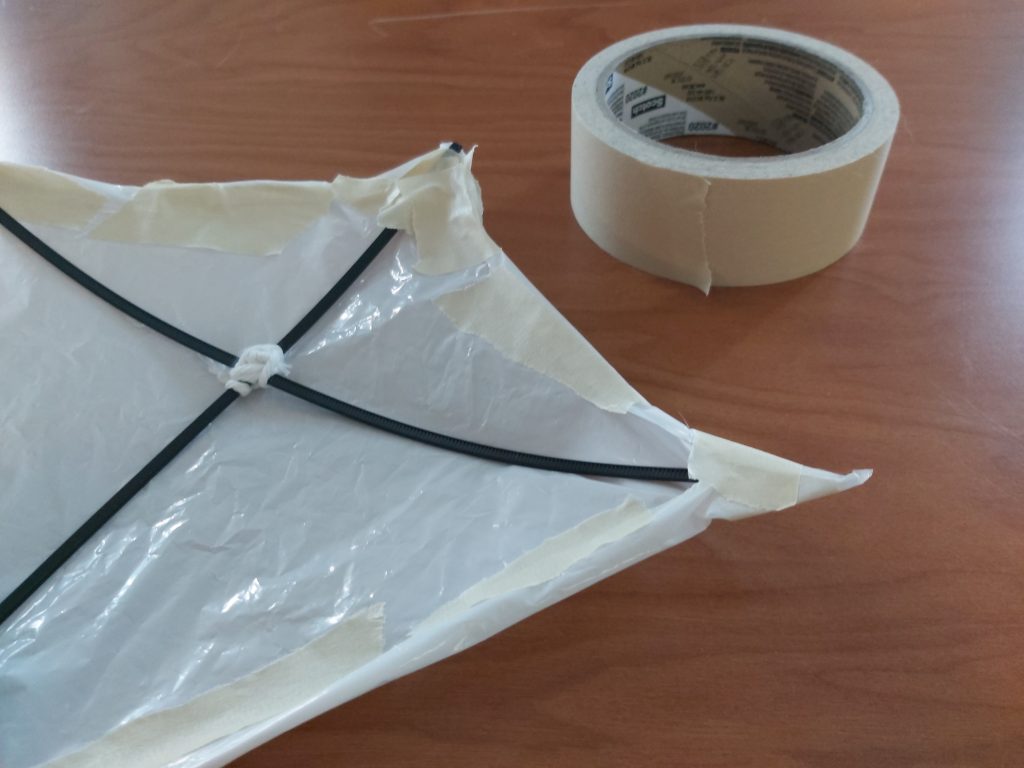
Step 7: Next, cut two long string pieces the length of your sticks. Connect one end to the center of your kit and wrap the rest around a paper roll.
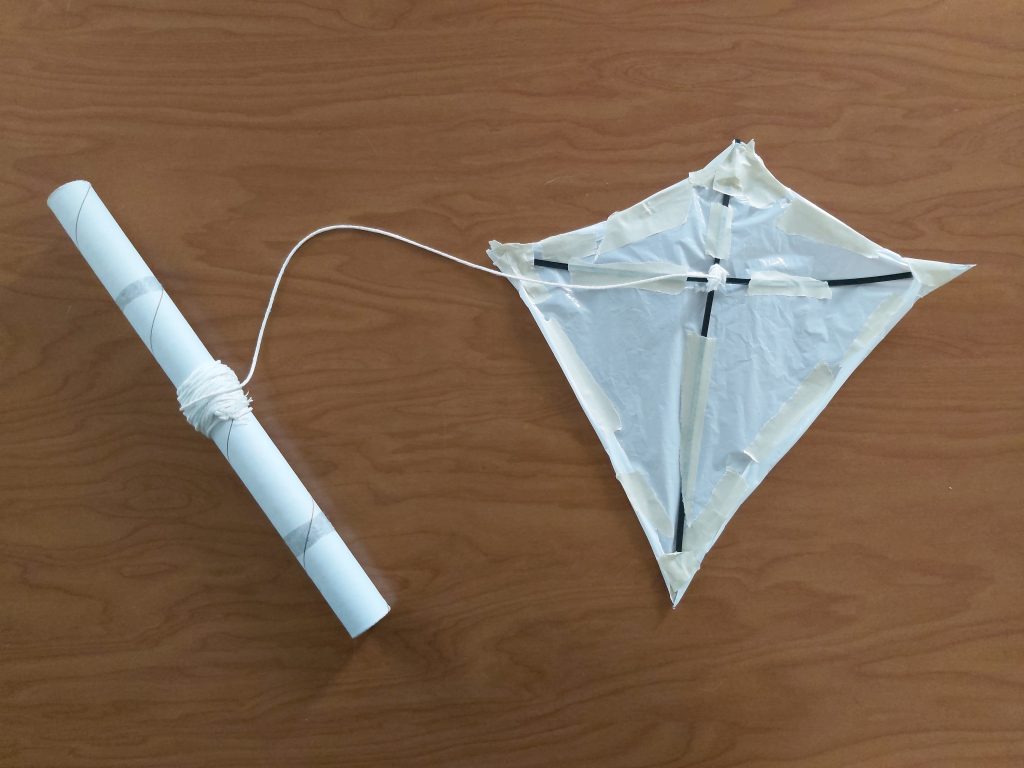
Step 8: Cut the second half of your plastic bag into strands. Stick these two the bottom of your kite.
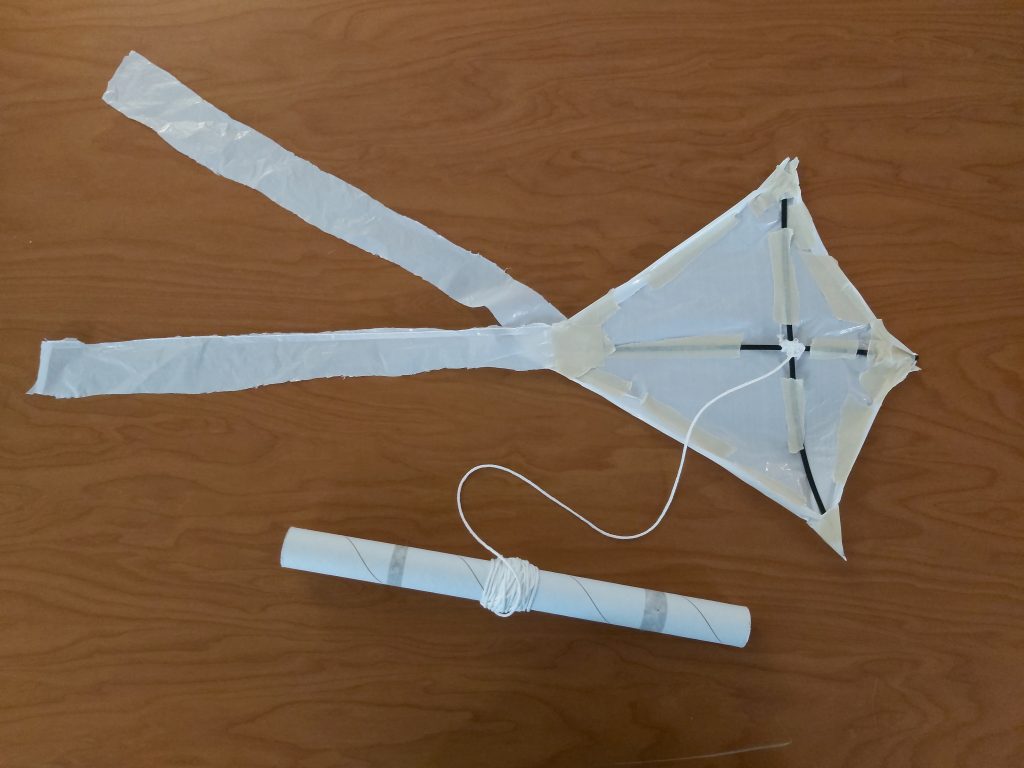
Step 9: Your kite is ready! While waiting to take it outside, why not decorate it? You can paint it, or glue some colorful paper decorations. Be careful to balance the weight between both sides!
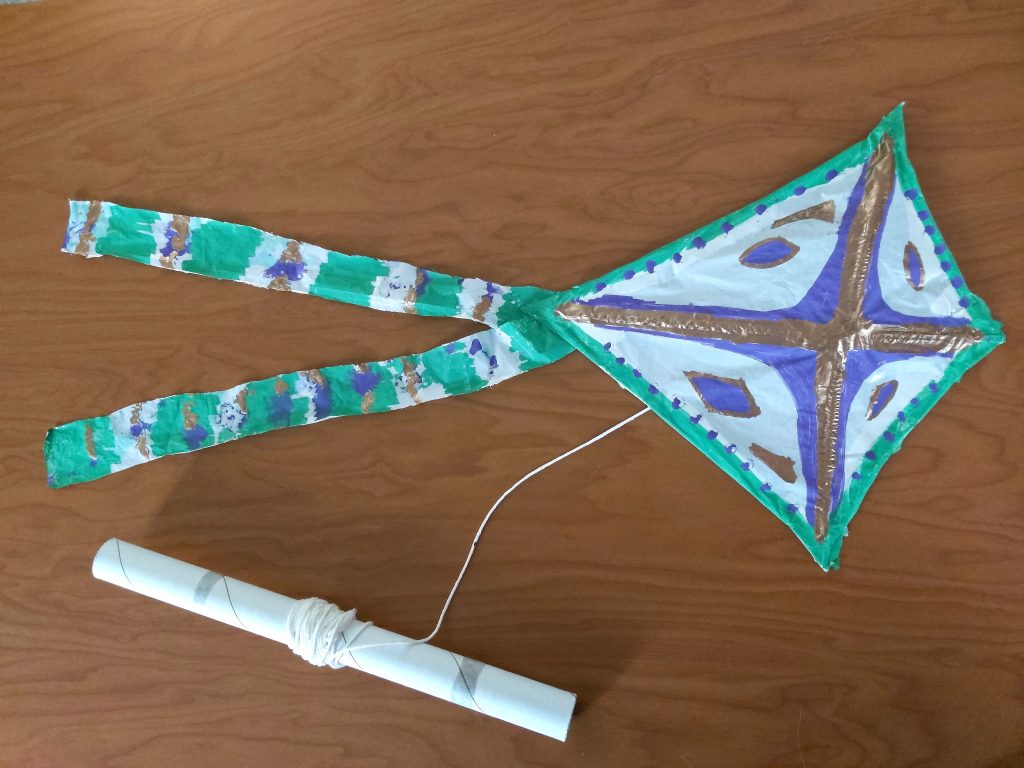
Which cute critter is hiding in these pixelated squares? Our fresh lineup of plush wildlife adoption kits is coming on September 9—including this sneaky animal!

Have a guess? Drop it in the comments!

Hello there! I’m Claudia Haas, a biologist with Wilfrid Laurier University. I’m in the Northwest Territories, home to some of the last intact boreal forest in the world! These forests are important habitat for healthy wildlife populations, including at-risk species. Despite all of this, there isn’t really a lot of information available about these ecosystems!

One of the most important animals here are caribou. In fact, a lot of scientists refer to caribou as an “umbrella species”, because protecting the large intact forests they depend on also protects a lot of other species. On top of that, boreal caribou play an important role in the culture and history of Indigenous peoples in Canada. Unfortunately, boreal caribou are threatened with extinction, due to threats like habitat fragmentation and other disturbances.
But before we get into that, let’s get to know the caribou! Caribou have large hooves, huge antlers, and thick, brown fur. They belong to the deer family — you might also know them as reindeer! These amazing animals live in the arctic tundra and boreal forest in Canada, Alaska, and the western United States, but certain types are also found in Norway, Sweden, and Russia. Their hooves are like big wide shovels that help them dig through the snow for food, and walk on top of the snow instead of sinking in. In the summertime, their footpads grow spongy and springy so they can travel over different types of ground. Plus, caribou hooves can act as paddles to help them swim! Another cool fact? They’re the only member of the deer family where both males and females grow antlers.
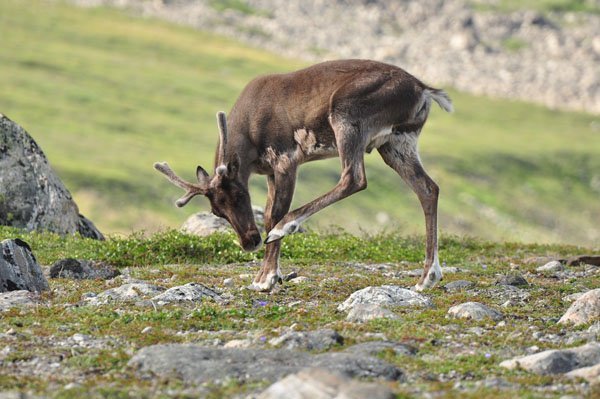
I’m using cameras and recording equipment to study how changes in the forest affect wildlife food webs. This will help to give us the full picture of how caribou are being impacted, as well as a lot of other species, because they are all connected! And when it comes to animals and their habitats, the more we know about them and how they all work together, the better we can protect them!
Are you ready to join the team? Head to the Adoptions section in the Earth Rangers App or visit the Earth Rangers Shop — get your Caribou Adoption Kit and start making a difference today!


If you’re a poet and you know it, fill in the blanks! Our all-new slate of plush wildlife adoption kits arrives on September 9—including the star of this little stanza!
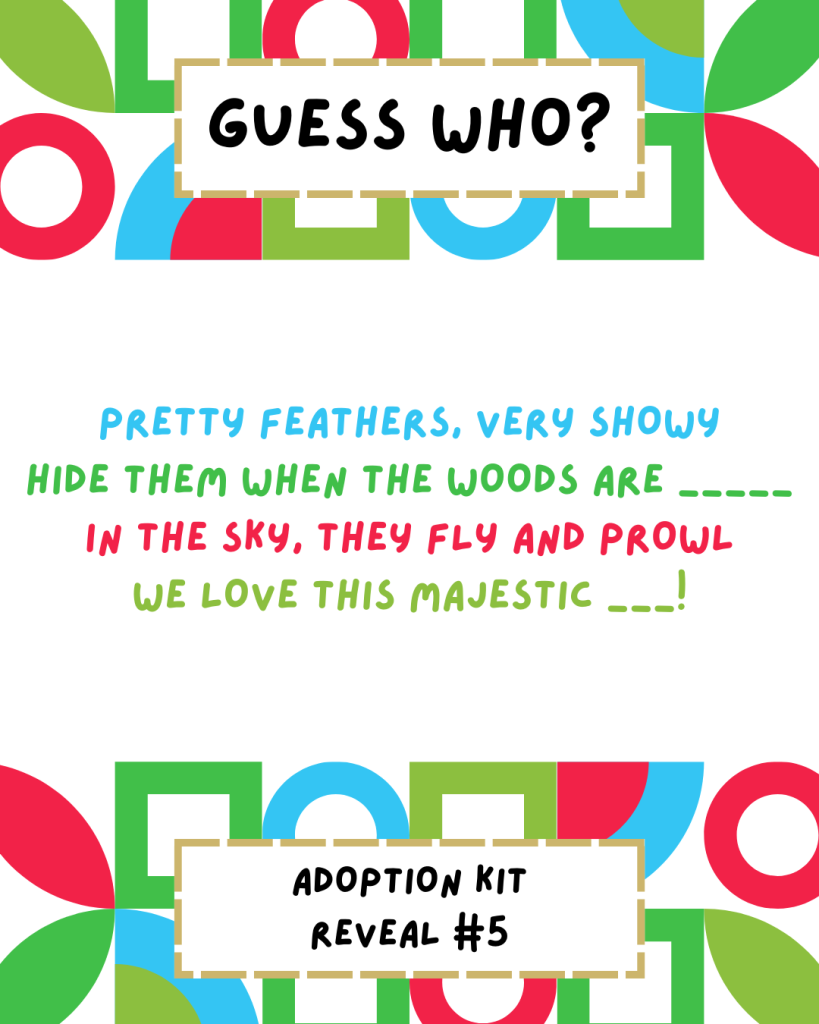
Think you know the answer? Leave your guess in the comments!
How cute are these cubs? We’re introducing our latest set of plush wildlife adoption kits on September 9—including one of these fierce felines! It’s either a cougar, a snow leopard, or a tiger.
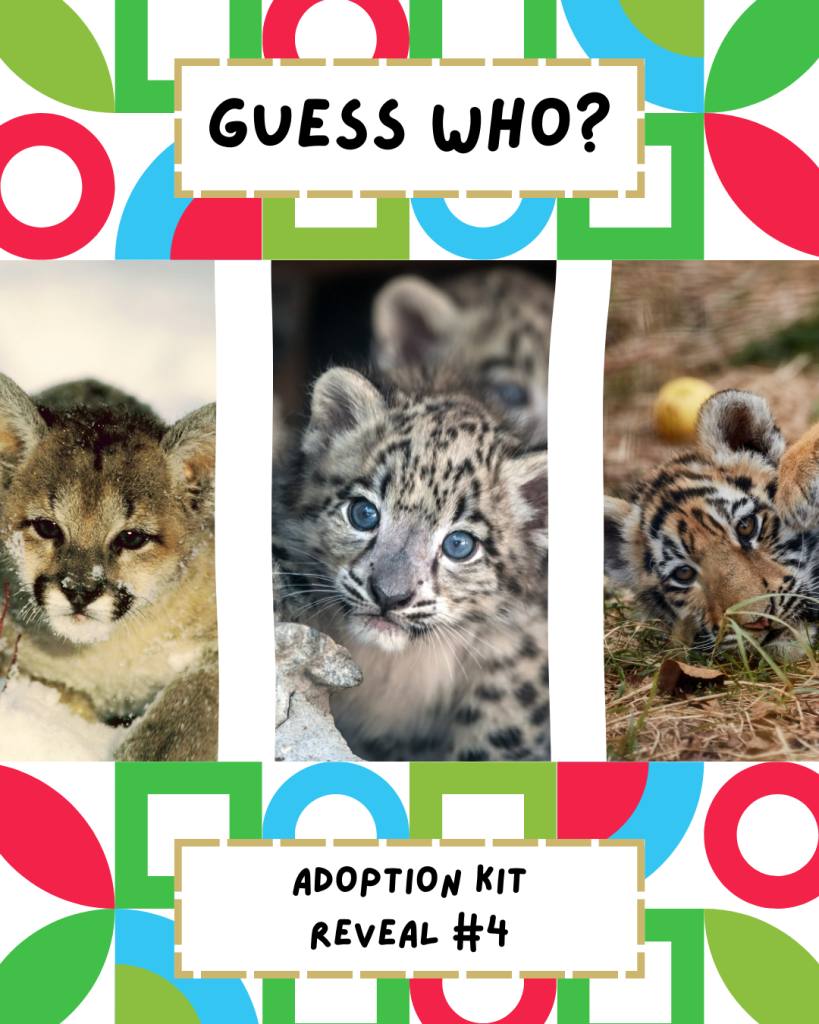
Can you guess which one? Post your answer in the comments!
Hi Earth Rangers! My name is Gerardo, and I’m 9 years old. I live in Nicaragua and am part of a really cool program called the Sea Turtle Protection Project. Me and lots of other kids in my community are learning about and helping to save an amazing creature who really makes a splash – the sea turtle!
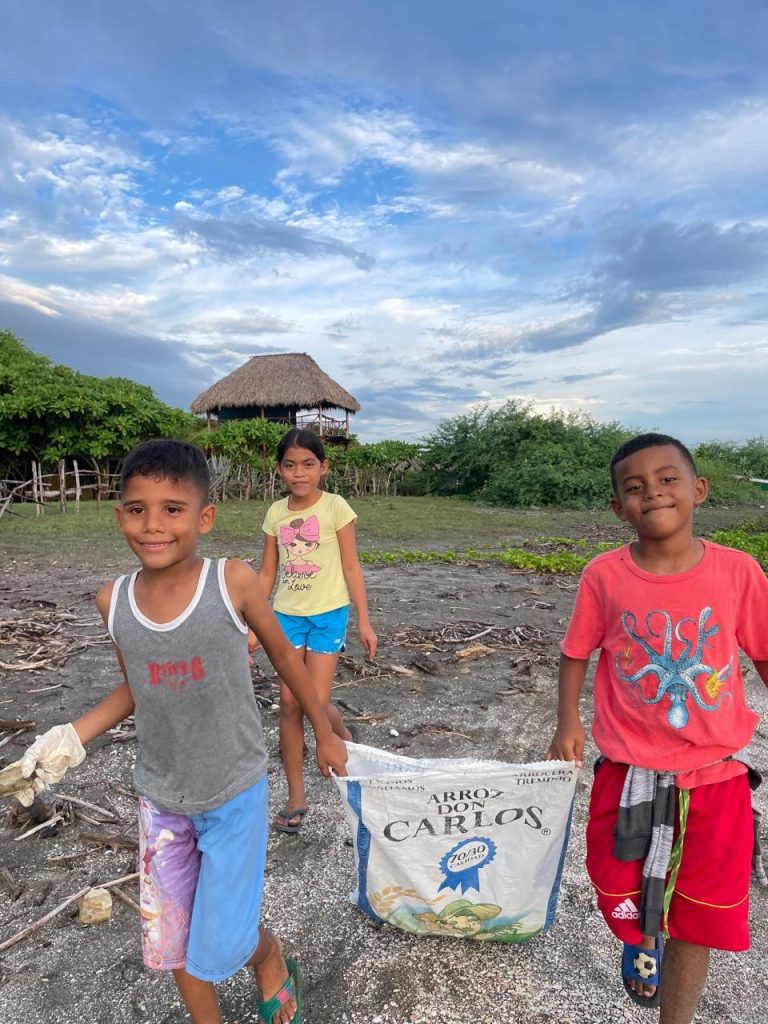
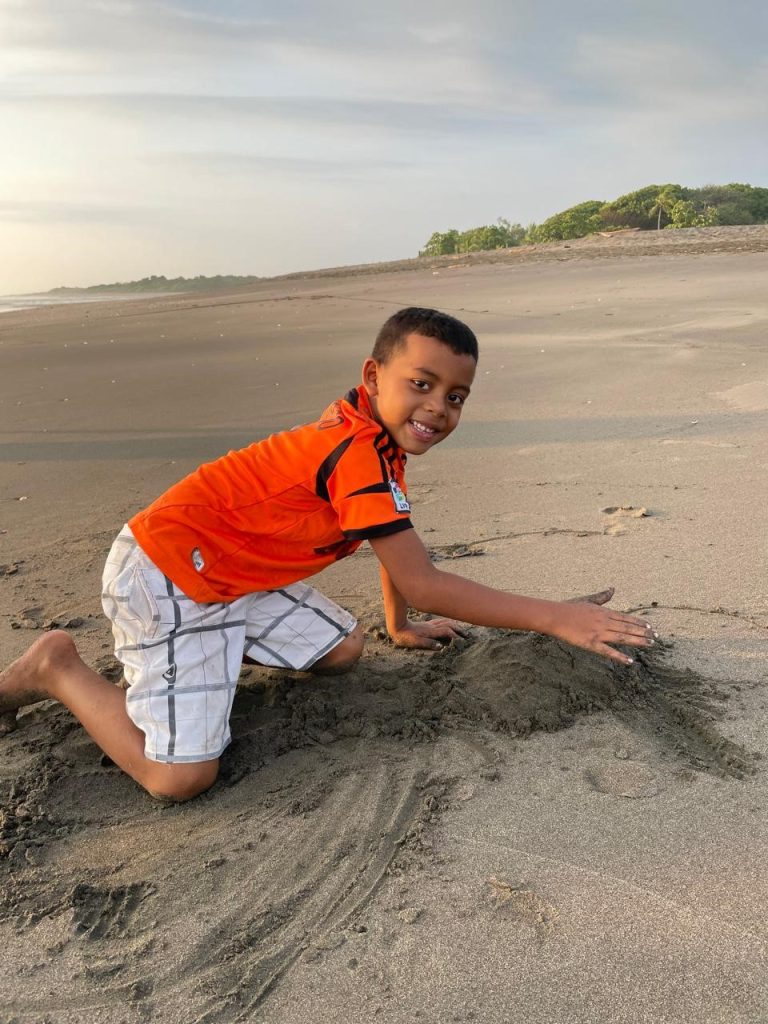
We learned how there are seven different sea turtle species in the world: flatback, green, hawksbill, leatherback, loggerhead, Kemp’s ridley, and olive ridley. Sea turtles are reptiles that can be found throughout the world’s oceans, except for in the polar regions. Sea turtles are really big – they can grow from 2 feet to almost 6 feet in length, and weigh up to 1,400 pounds!
Some more cool facts about sea turtles: they can’t pull their head and legs inside their shells like many other turtles, but they do have many other amazing abilities, such as:
• Streamlined bodies that allow them to swim quickly
• A sense called “magnetoreception” that allows them to sense changes in the Earth’s magnetic field so they can navigate the ocean currents.
• The ability to hold their breath underwater for a looooooong time, sometimes as long as 7 hours!
As part of the Sea Turtle Protection Project, we’re also learning how sea turtles play a very important part in the ecosystem. In the oceans, sea turtles munch on sea grass just enough to keep it from overgrowing, which helps the animals that live there. Also, sea turtles lay their eggs on beaches and in sand dunes, and the eggshells they leave behind are great fertilizers for the plants on the beach. But what is really sad, is that, most sea turtle species are endangered or threatened because they face a lot of dangers out in the wild like climate change, plastic in the ocean, getting tangled up in fishing nets, and both animals and people eating their eggs.
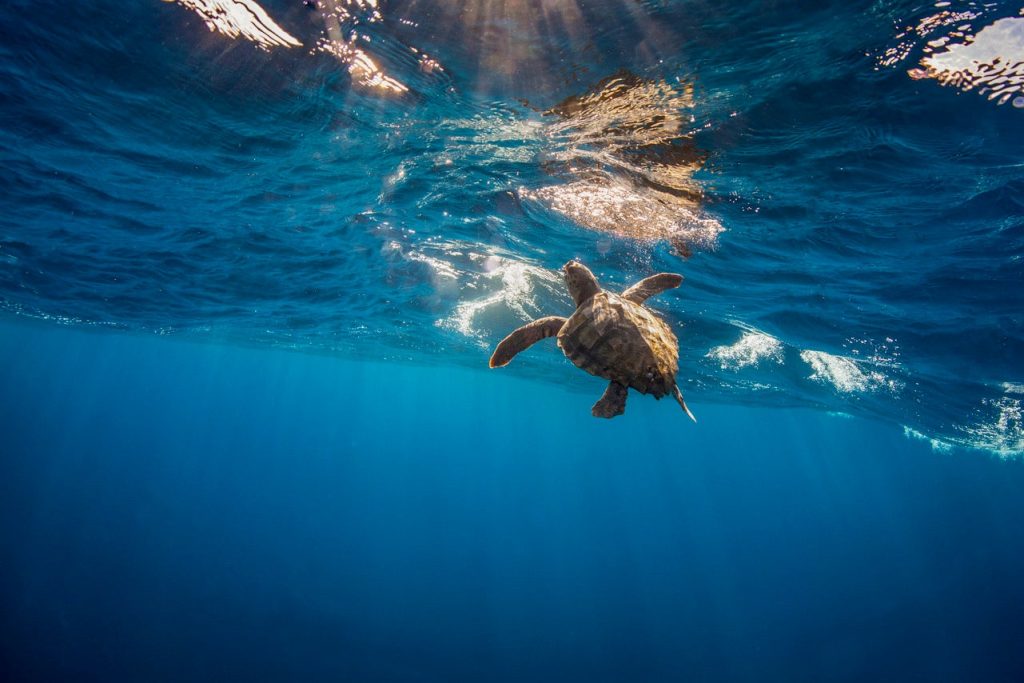
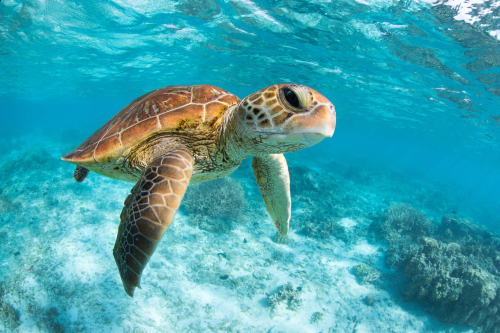
But help is on the way! Our project takes place in the community of Salinas Grandes, where several species of sea turtles live. Aside from all of the cool stuff we’re learning about caring for and protecting the environment, we’re also participating in beach cleanups, protecting sea turtle nests, looking after sea turtle eggs in special nurseries, and releasing sea turtle hatchlings into the wild. Look how cute they are! And as an added bonus all this knowledge has helped me get good grades in the natural sciences subjects at school
While you may not be able to come to Nicaragua, you can still join our team! Visit the Adoptions section in the Earth Rangers App or check out the Earth Rangers Shop to get your Sea Turtle Adoption Kit and help save the sea turtles!
Your friend,
Gerardo
